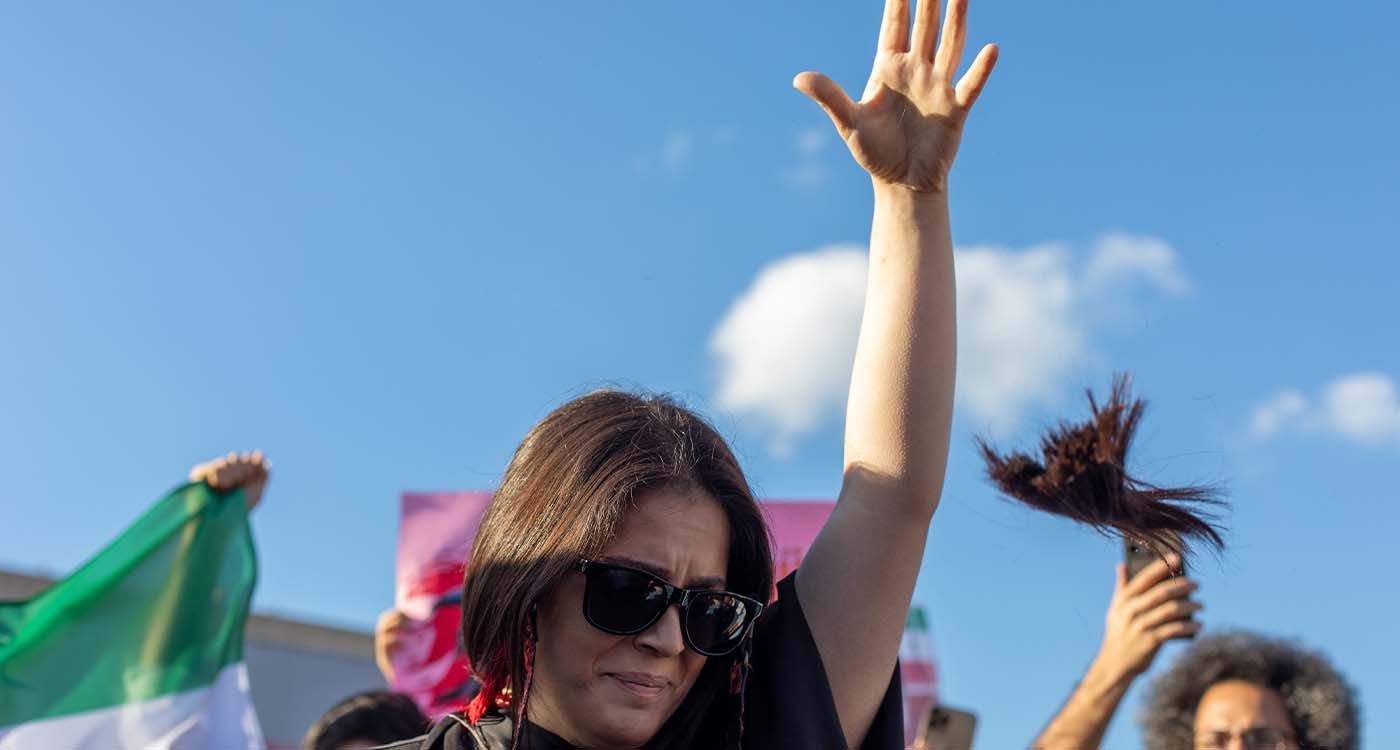
Before the 1979 Islamic Revolution, Iranian women had made remarkable strides — often outpacing their counterparts in much of the Muslim world. Yet these hard-won gains remained fragile and unevenly distributed. The story of Iranian women is one of momentum, setbacks and unwavering resistance.
During the 1960s and 1970s, Iran underwent sweeping transformations. In a bid to modernize the nation, the Shah launched a series of reforms under the banner of the “White Revolution.” Women stood at the forefront of this societal shift: they gained the right to vote in 1963, entered universities, joined the civil service and were gradually freed from many legal restrictions.
In major cities like Tehran, Isfahan and Shiraz, unveiled women became a common sight — in the streets, behind the wheel, on university campuses, on television and even in Parliament. Some rose to prominent positions as judges, diplomats and ministers. The image of the modern, educated and empowered Iranian woman became a symbol of the country’s rapid progress.
But this modernity was far from universal. In rural regions and more conservative towns, traditional values held firm. Deep-rooted religious beliefs, patriarchal norms and economic disparities continued to limit women’s access to basic rights. Child marriage remained widespread, and many girls were still denied education and employment. The grip of male authority over women’s lives remained largely intact.
Moreover, the reforms were widely perceived as top-down measures, imposed without meaningful engagement with broader society. Lacking grassroots support, they were inherently fragile. For many, the Shah’s modernist project appeared more cosmetic than transformative — an elite-driven agenda disconnected from the realities of everyday Iranians.
When the Islamic Revolution erupted in 1979, many women took to the streets, demanding justice, equality and an end to corruption. They came from diverse backgrounds — students, intellectuals, devout Muslims, leftists and conservatives alike — united in their desire for a more equitable society. Alongside men, they called for the downfall of a regime they viewed as autocratic and unjust.
But the fall of the Shah quickly gave way to a sobering reality.
The newly established Islamic Republic wasted no time in rolling back the rights of women. What had begun as promises of justice and equality soon morphed into a regime of control. The veil, first mandated within government institutions, was rapidly imposed across all public spaces. A strict gender segregation was enforced in schools, workplaces and public transportation, redrawing the boundaries of daily life.
Family law was overhauled to reflect the regime’s conservative interpretation of Islam: women lost significant legal ground in matters of divorce and child custody. In court, their testimony was deemed half as valuable as that of a man. Certain professions were closed to them altogether. Within months, women were relegated to the private sphere, excluded from decision-making roles and bound by a new legal and social framework that restricted their movement, their voice and their autonomy.
On March 8, 1979 — International Women’s Day — thousands of Iranian women filled the streets of Tehran to protest the imposition of the compulsory veil. “Freedom is neither Eastern nor Western — it is universal,” they chanted. Their demonstration, peaceful and resolute, was swiftly suppressed.
That day marked a turning point. It became clear that the revolution’s promises of equality would not extend to women. For many, it was a moment of betrayal. The very women who had marched for change and helped bring down the monarchy were now being silenced by the new order they had helped usher in.
A Struggle That Never Faded
More than forty years after the revolution, Iranian women continue to resist. In defiance of bans, censorship and repression, they persevere — quietly and boldly. They pursue education, build careers, write, teach and raise their daughters to believe in the possibility of change. In classrooms, on social media, in art and literature, they carve out spaces of resistance where they can still breathe freely.
In 2022, the death of Mahsa Amini — detained by the morality police for allegedly violating the country’s strict hijab rules — ignited a nationwide uprising. The slogan “Woman, Life, Freedom” captured the spirit of a generation no longer willing to remain silent. Across the country, young women set fire to their veils, marched in the streets and spoke out in defiance of a regime that has long sought to silence them.
These acts of defiance are part of a deeper, older legacy. The women leading today’s protests are the daughters and granddaughters of those who once lived with greater freedom — before it was taken away in the name of ideology. That generational memory, quietly passed on, now fuels a renewed wave of courage and resistance.
Even in the face of violence, imprisonment and death, Iranian women remain at the forefront of dissent. They are not demanding special treatment — but equal rights. They are not seeking to dismantle society — but to finally belong to it as full and free citizens.
Did You Know?
Farrokhroo Parsa became Iran’s first female minister in 1968, serving as Minister of Education. A fierce advocate for girls’ schooling, she was arrested after the revolution, tried by the Islamic regime and executed in 1980. Her story stands as a powerful symbol of the harsh backlash faced by Iranian women.
The fate of Iranian women is deeply intertwined with their nation’s history. They were pioneers of progress, victims of its reversal, and today, they rise again as champions of freedom. Their ongoing struggle bridges past and future.


Comments